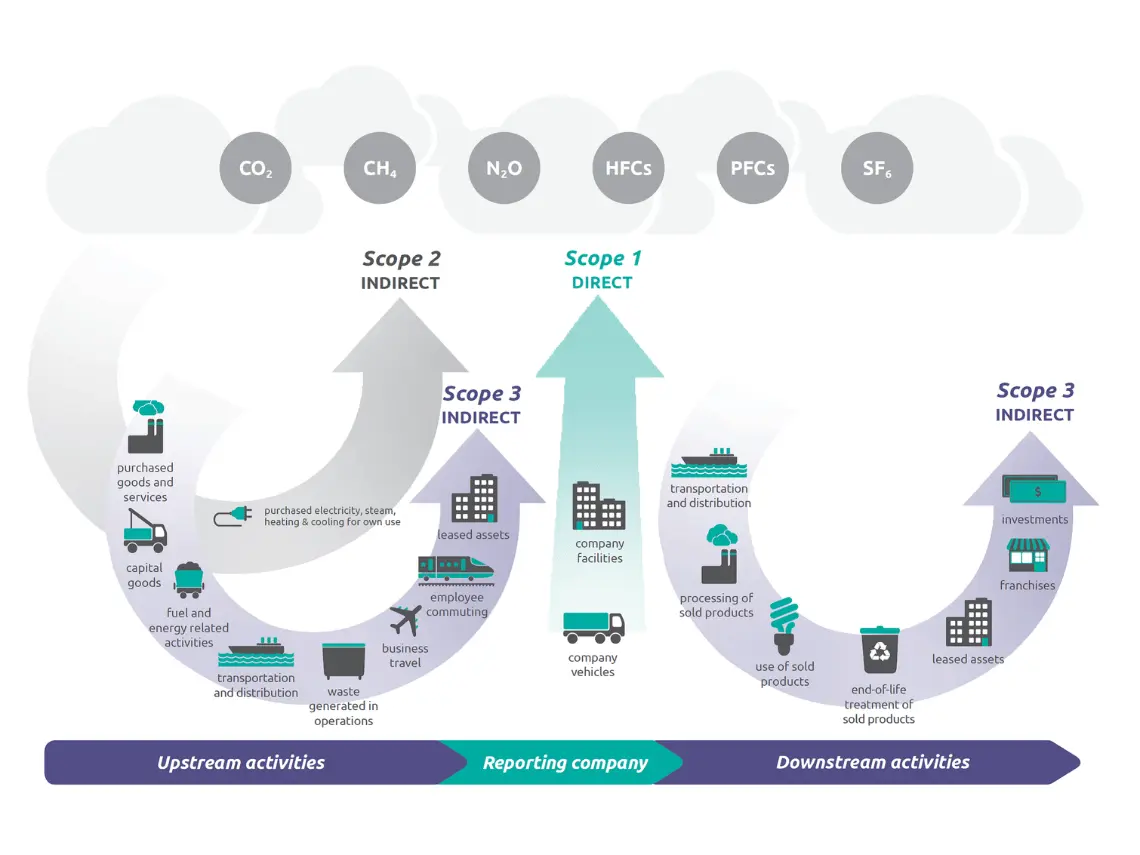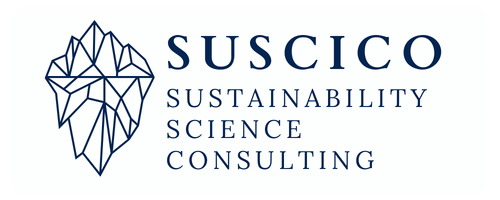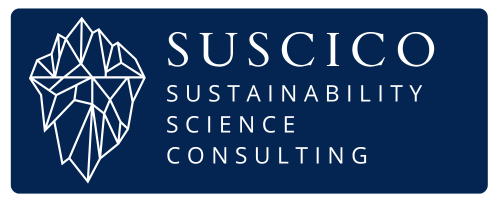Scope 4 Emissions: A Rising Metric in Global Sustainability Reporting
- 06/03/2024
- Posted by: admin
- Categories: Emissions, Trends

In the rapidly evolving world of sustainability reporting, Scope 4 emissions are emerging as a powerful metric for tracking avoided carbon emissions. For businesses striving to make meaningful contributions to climate action, understanding and leveraging Scope 4 is becoming increasingly essential.
If you’re thinking, “I’ve just wrapped my head around Scopes 1, 2, and 3—what’s Scope 4?”—you’re not alone. While the Greenhouse Gas (GHG) Protocol introduced its original scope categories back in 2001, the concept of Scope 4 is still gaining recognition. This article demystifies Scope 4 emissions, explores their importance, and discusses how they can reshape sustainability strategies.
A Refresher on Scopes 1, 2, and 3
Before diving into Scope 4, it’s important to grasp the foundational scopes of carbon accounting:
- Scope 1: These are direct emissions from sources owned or controlled by an organization, such as office buildings, manufacturing facilities, or company-owned vehicles. They represent emissions generated on-site.
- Scope 2: These are indirect emissions from the production of purchased energy, like electricity or heating, consumed by the organization.
- Scope 3: These include all other indirect emissions along the value chain, from raw material extraction and business travel to a product’s use and disposal. Scope 3 is often the most challenging to measure due to its complexity and reliance on external data.
These scopes have long formed the backbone of carbon reporting, guiding companies and regulators. However, the introduction of Scope 4 emissions marks a shift toward capturing the broader impact of products and services beyond their immediate lifecycle.

What Are Scope 4 Emissions?
Scope 4 emissions refer to avoided emissions. These are reductions that occur outside a product’s lifecycle or value chain due to its use. In contrast to Scopes 1, 2, and 3, Scope 4 focuses on the positive environmental impacts of innovative products or services.
Examples of Scope 4 in Action
- Teleconferencing services: These platforms enable remote work, reducing the need for commuting or business travel. As a result, they help avoid significant CO2 emissions. For the service provider, these avoided emissions are classified as Scope 4 emissions.
- Low-temperature detergents: Such products reduce energy consumption during use. Consequently, they lead to emissions reductions that are not directly tied to their production. Instead, these reductions come from their influence on consumer behavior.
Why Are Scope 4 Emissions Important?
While Scope 4 is not yet mandated by leading frameworks like the Science-Based Targets Initiative (SBTi) or CDP, its adoption is gaining momentum. Reporting on Scope 4 emissions can offer several advantages:
- Highlighting innovation: Companies can showcase how their products and services actively contribute to global emission reductions, reinforcing their commitment to sustainability.
- Driving R&D investment: Transparent Scope 4 reporting can support investments in sustainable technologies by demonstrating long-term environmental benefits.
- Fostering transparency: Reporting avoided emissions helps organizations present a complete picture of their climate impact, provided they also maintain robust disclosures for Scopes 1, 2, and 3.
Challenges and Risks
Despite its potential, Scope 4 emissions come with challenges:
- Measurement difficulties: Calculating avoided emissions requires robust methodologies and reliable data, particularly when estimating changes in consumer behavior or energy use.
- Risk of greenwashing: Overstating avoided emissions without substantiating claims could lead to reputational damage. To mitigate this, companies should follow guidance from frameworks like the GHG Protocol, which emphasizes the importance of credible, lifecycle-based calculations.
It’s also critical that Scope 4 reporting does not overshadow Scopes 1, 2, and 3. These conventional scopes remain the cornerstone of carbon accounting and must be prioritized.
The Future of Scope 4 Emissions Reporting
As sustainability standards evolve and stakeholder demands grow, Scope 4 emissions are poised to become a key element of climate disclosures. Forward-thinking organizations are already integrating avoided emissions into their reports, particularly in sectors like logistics, where innovations in fuel efficiency are driving down delivery emissions.
By embracing Scope 4, businesses can not only align with emerging trends but also identify new opportunities for sustainable growth. For example, developing products that enable emission reductions in their usage phase can differentiate companies in competitive markets.
Conclusion: Embracing Scope 4 Emissions for a Sustainable Future
Scope 4 emissions represent a paradigm shift in sustainability reporting, offering a lens to measure and communicate the broader climate impact of innovative products and services. While challenges remain, the potential to drive meaningful change through avoided emissions is undeniable. By balancing robust disclosures across all scopes and maintaining transparency, companies can leverage Scope 4 to catalyze climate action and unlock new opportunities in a low-carbon economy.
How SuSciCo Can Help
SuSciCo is uniquely positioned to help businesses align with these emerging trends. We provide end-to-end support in assessing climate-related risks, guiding organizations through the NSRF roadmap to transition from TCFD to IFRS standards. Our expertise in quantifying Scope 1, 2, and 3 emissions ensures that companies remain competitive and compliant while building sustainable value chains. Our expertise includes:
- GHG Accounting: Comprehensive emissions tracking and reporting.
- Product Carbon Footprint (PCF) Assessments: Measuring and reducing environmental impacts across product lifecycles.
- ESG Reporting: Ensuring compliance with GRI, TCFD, and Bursa Malaysia sustainability frameworks.
- Green Supply Chain Consulting: Supporting businesses in integrating sustainable practices into procurement and operations.
Ready to take your sustainability initiatives to the next level? Reach out to us today to discuss how we can support your goals. Together, we can make a lasting impact.



